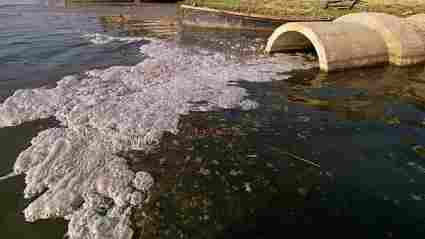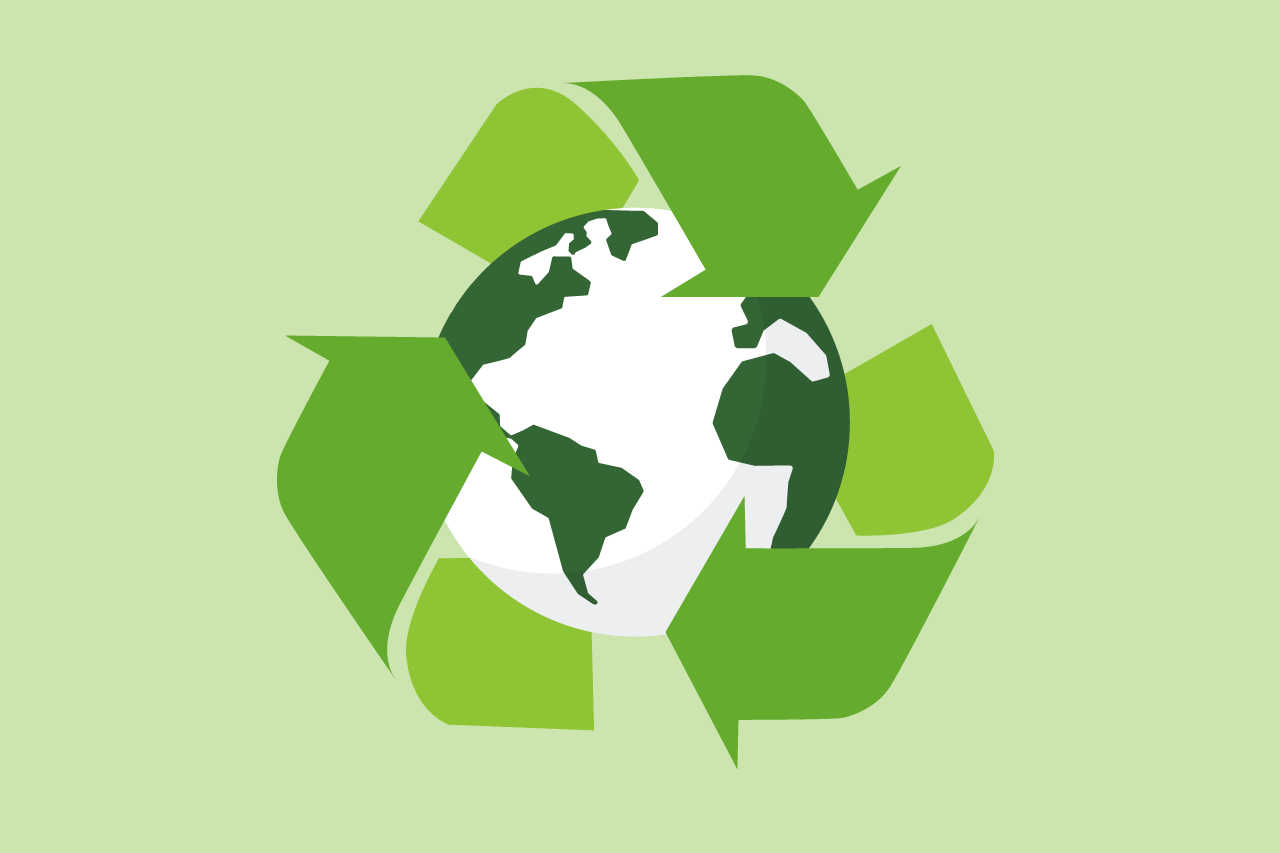It is well known that microplastics are a problem: They are tiny, barely visible plastic particles that can harm the environment, for example, if they are eaten by animals.
However, it has been difficult to assess the effect of even smaller particles, which can hardly be detected using conventional methods: Plastic particles with a diameter of less than one micrometer commonly referred to as “nanoplastics”. Such tiny particles can even be absorbed into living cells.
TU Wien (Vienna) has now succeeded in developing a measurement method which can even detect individual nanoplastic particles – orders of magnitude faster than previous techniques.
These results have now been published in the journal Scientific Reports. The new method now has the potential to become the basis for new measurement devices for environmental analysis.
Detecting molecules by wavelength
“We use a physical principle that has also often been used in chemical analysis, namely Raman scattering,” explains Sarah Skoff, group leader of the “Solid State Quantum Optics and Nanophotonics” research group at TU Wien. In this process, molecules are illuminated with a laser beam, causing them to vibrate. Part of the energy of the laser light is thus converted into vibrational energy, while the rest of the energy is re-emitted in the form of light.
By measuring this light and comparing its energy with the laser light that was originally emitted, the vibrational energy of the molecule is determined – and because different molecules vibrate in different ways, it is possible to find out which molecule it is.
The research team now wants to investigate the potential applications of the new technique in more detail – for example, how it can be used to detect nanoplastics in environmentally relevant and biological samples, such as blood.
– EUREKALERT







